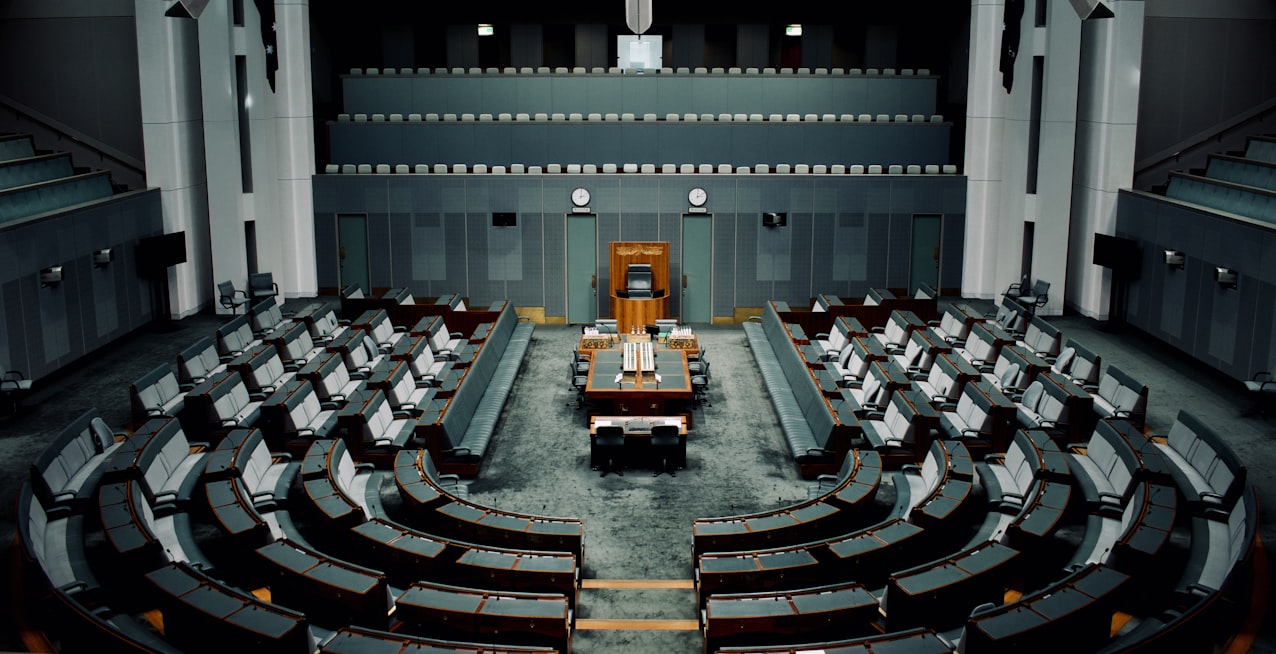“There is no point rushing towards a bad outcome,” RLC Executive Director Daniel Gannon said.
“It’s frankly too important to get this piece of legislation wrong.
“If additional time is required to ensure the aged care system is future-proofed and can meet the increasing demand from a rapidly ageing population, then pump the brakes.
“Successive governments have invested billions of taxpayer dollars to prop-up a system that is broken.
“What we have before us is an opportunity to transform a broken system, rather than renovating what we’ve already got.
“Government legislation needs to embrace industry innovation and ways of delivering aged care in new, flexible and innovative models that are driven in response to requests from older Australians about how and where they want their care delivered.
“For example, the retirement living industry already provides privately funded care, which means this sector has evolved from real estate to care and support services in direct response to what our residents want,” he said.
Societal and community benefits of privately funded retirement villages[1]
- The number of older Australians aged over 75 will increase by 85 per cent between now and 2040, from 2 million to 3.7 million.
- Compared to people living in the wider community, retirement village residents are 41 per cent happier, 15 per cent more physically active, twice as likely to catch up with family and friends, and they experience reduced levels of loneliness and depression.
- Access to health services and preventive health measures can reduce hospitalisations for residents after moving into a retirement village. This reduction is almost 20 per cent in the first nine months after entry, and 28 per cent after 18 months.
- Across the cohort of people entering retirement villages each year, this could amount to 14,000 avoided hospitalisations annually.
- Given residents are generally healthier and happier for longer, they spend less time with GPs and in hospital and can delay their entry into aged care facilities. This equates to $945 million in annual savings for the Australian Government.








